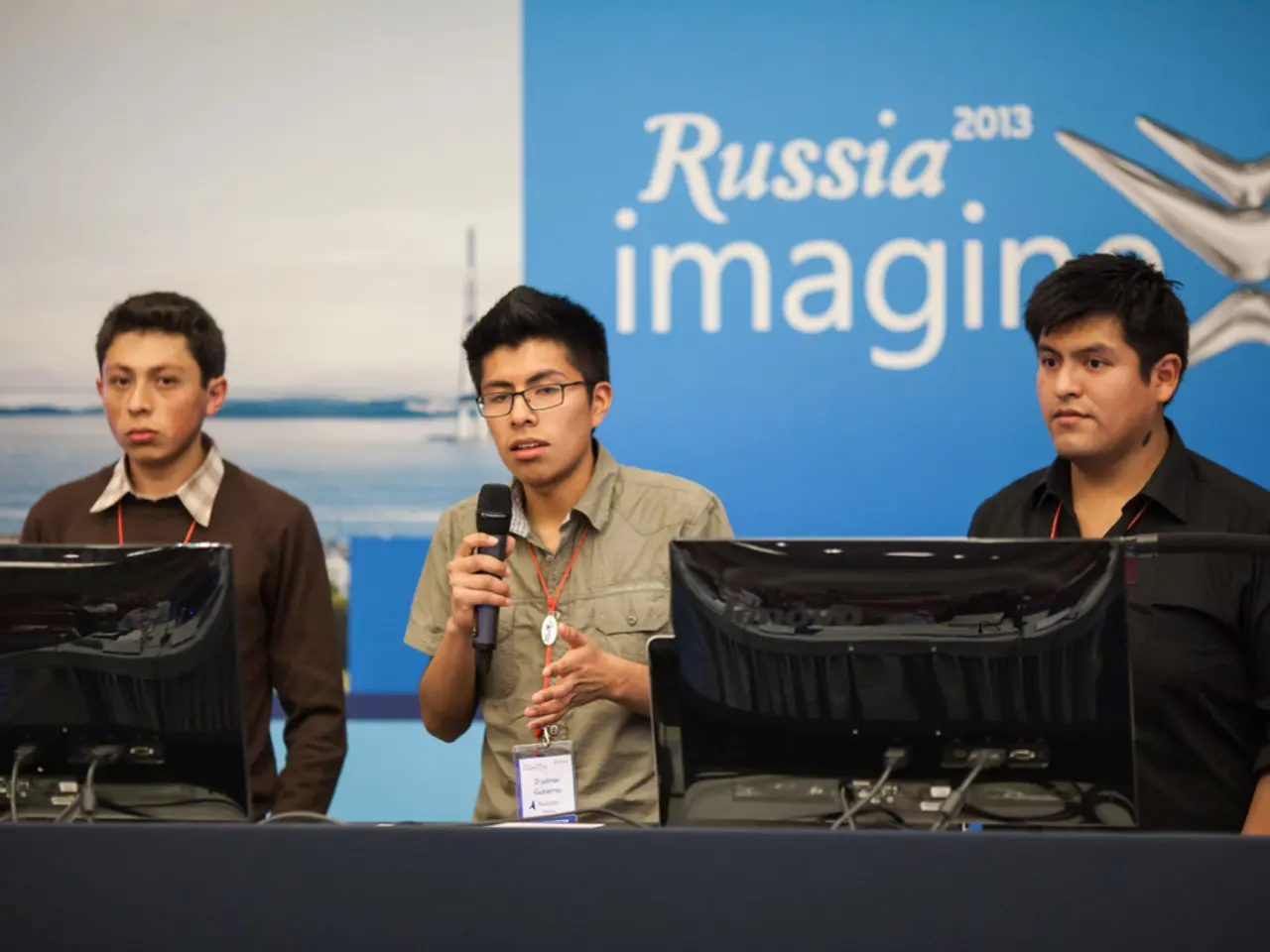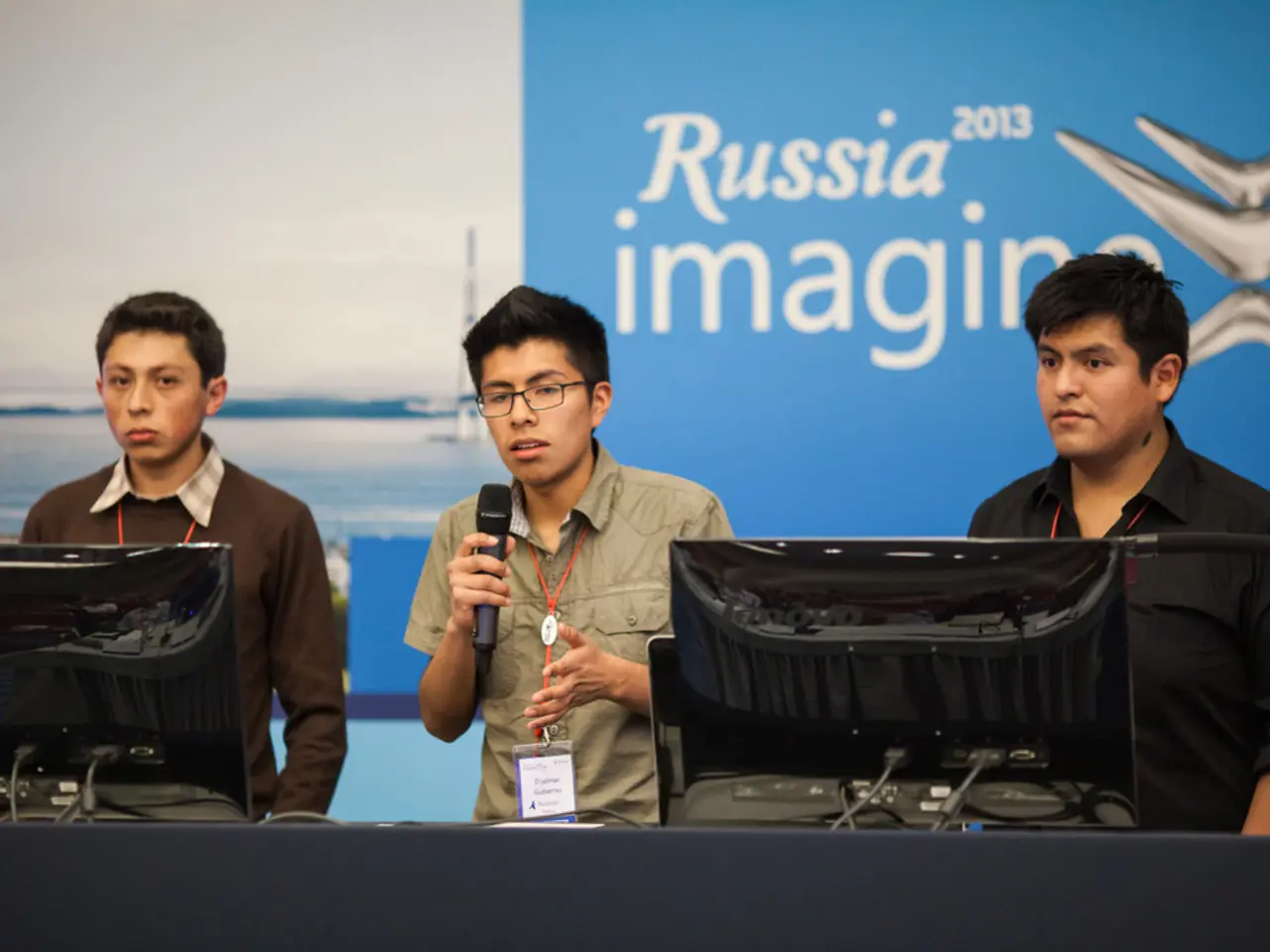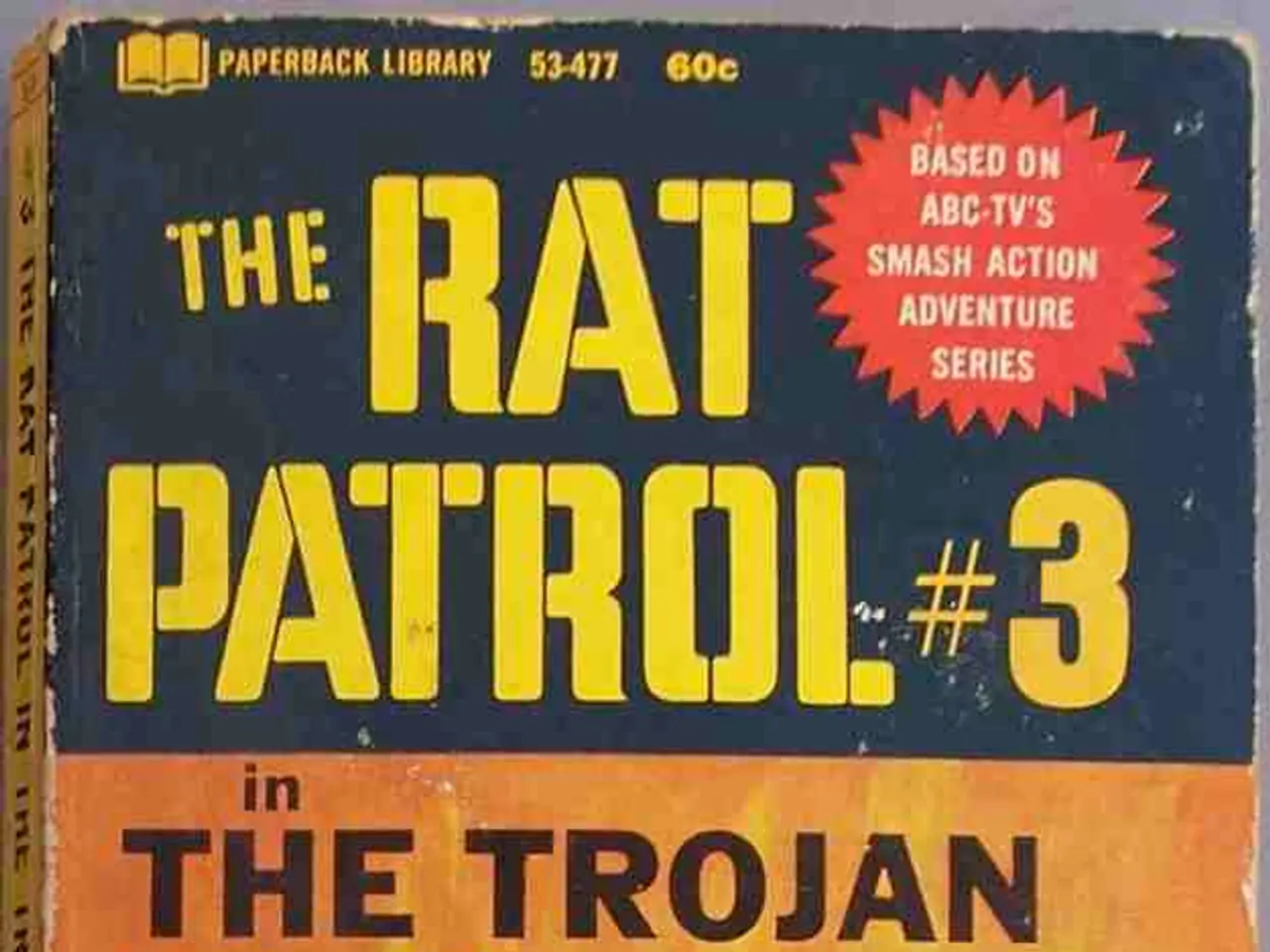Unverified assertion: Bogus report alleges seizure of British military personnel in Ukraine
Roman Osadchuk, the director of threat intelligence at LetsData and a non-resident fellow at the Atlantic Council's Digital Forensic Research Lab, has identified the recent story about three British military officers being "captured" in a Russian raid on a Ukrainian naval base as a typical example of a Russian disinformation operation.
The story, which originated from Russian media last week, has since been reproduced in English on the Kremlin-controlled EurAsia Daily and Serbia's state-owned B92. However, there is no evidence to support the existence of the named individuals - "Eour websiteard Blake" and "Richard Carroll" - or any evidence that they were indeed captured.
The four different images used to illustrate the story across various media outlets and social media channels were generated using artificial intelligence. The uniforms worn by the men in the images deviate from military clothing standards, suggesting they were generated based on visual approximations rather than real references. An AI image detection tool, SightEngine, puts the probability of the four images being AI-generated at between 91% and 99%.
Common tactics used in Russian disinformation campaigns include spreading manipulative and false narratives rapidly and persistently across multiple platforms to confuse, divide, and influence target audiences. These tactics often involve the firehose of falsehood, manipulative narratives around political events, exploiting internal unrest, and control and censorship over domestic information.
The disinformation messages spread primarily through anonymous Telegram channels, pro-Kremlin influencers and troll farms on platforms like Twitter, YouTube, and TikTok, state-run media and coordinated digital propaganda networks, and international blogs and media sympathetic to Russian narratives.
Osadchuk advises ignoring disinformation until certain thresholds, but if a story starts to be disseminated on multiple platforms or if former members of a country's parliament are sharing it, it should be debunked. In this case, the story was amplified in western Europe by Norwegian communist and conspiracy theorist Pal Steigan, who later retracted the story. The story was shared by two former British members of parliament and gained traction in Norway to Pakistan. In the United Kingdom, the story was amplified by former members of parliament George Galloway and Andrew Bridgen, who have not responded to requests for comment.
Despite the story being debunked, it's important to highlight that a key trope of Russian propaganda is that the 'Anglo-Saxons' are puppeteers conducting the war. The bigger audience, according to Osadchuk, is actually inside Russia itself, to show Russians how mighty the military is. The Ministry of Defence in Russia refused to acknowledge the story when asked by the website, and B92 did not respond to a request for comment on why they ran the story.
In conclusion, it's crucial to remain vigilant against disinformation and to verify the sources of information before sharing them. The Russian disinformation campaign uses a coordinated, high-volume approach that combines censorship at home with rapid, multi-channel propaganda abroad to sow confusion, weaken resolve, and achieve strategic geopolitical goals.
- The Russian disinformation campaign, as seen in the recent story about three British military officers being "captured" in a Russian raid on a Ukrainian naval base, uses a coordinated, high-volume approach.
- Baseless narratives, such as the claimed capture of individuals named "Eour websiteard Blake" and "Richard Carroll," are frequently spread across multiple platforms like telegram channels, social media, state-run media, and international blogs.
- In the case of the debunked story, it gained traction in various regions, from western Europe to Pakistan, and was shared by former British members of parliament.
- It's important to note that Russian propaganda often emphasizes the 'Anglo-Saxons' as puppeteers, conductors of war, with the main audience being Russians.
- To counteract this disinformation, it's essential to verify the sources before sharing information, as staying vigilant is the key to avoiding being influenced by Russian propaganda and achieving strategic geopolitical goals.








